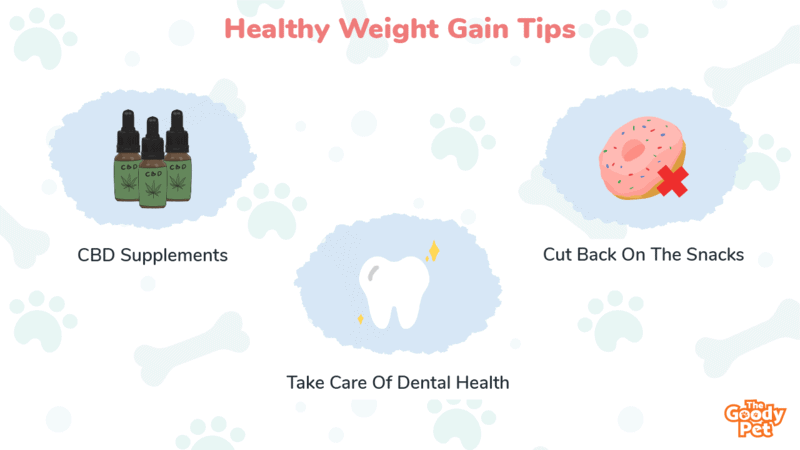You love your dog, but you’re concerned that your dog doesn’t have enough weight.
There are many different ways to help your dog gain weight. One simple method is to add more high-calorie foods to his diet, such as fatty meats, cheese, or full-fat dairy products like whole milk and yogurt. You can also try feeding him more frequently throughout the day so that he gets a chance to eat more calories each mealtime.
We’ve compiled 24 simple ways how you can fatten up your pup healthily (and some of them don’t even require food!).
24. Introduce CBD Supplements
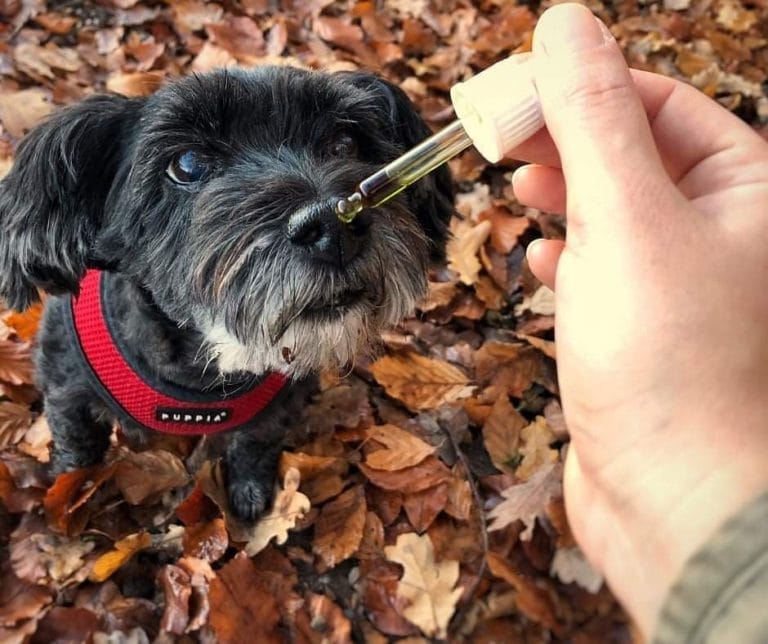
CBD refers to cannabinoid compounds. Don’t worry, you are not giving your dog weed. The supplements include extracts of cannabinoids which, though similar, are not the same as HTC compounds found in marijuana.
The CBD comes in particularly handy for dealing with the loss of appetite in dogs undergoing chemotherapy for cancer. In addition to alleviating symptoms like vomiting and nausea, it could trigger appetite and get your dog eating normally again.
23. Orange And Clementine
This is an old trick but one that works wonders when it comes to improving your dog’s appetite. Sweet citrus fruits like clementines and oranges are rich in sugar and acids. These trigger salivation and could set off hunger centers in your dog’s brain.
The result is a stimulated appetite – in which case all you have to do is feed your dog the right foods after these sweet treats to help them gain weight.
22. Cut Back On The Snacks And Treats
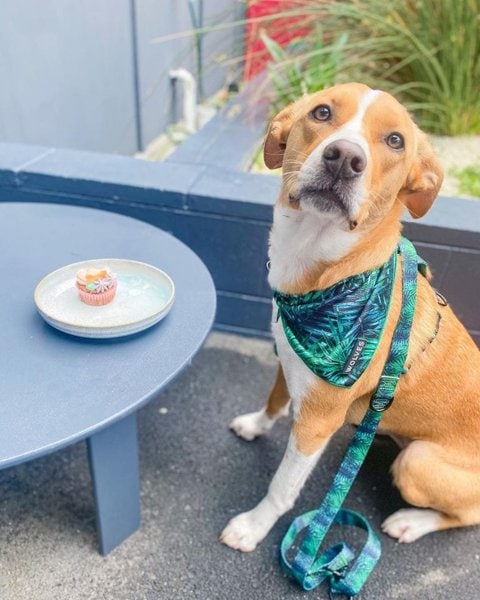
This may sound counterintuitive when you are trying to get your dog to eat more and gain weight. But hear us out. Snacking a lot packs their tummy with often non-nutritious junk. With smaller dogs, in particular, it could even have them too full for their main meals which often have higher calorie and nutrient counts.
So try as much as possible to limit the number of treats and snack times you have throughout the day.
21. Try Acupuncture
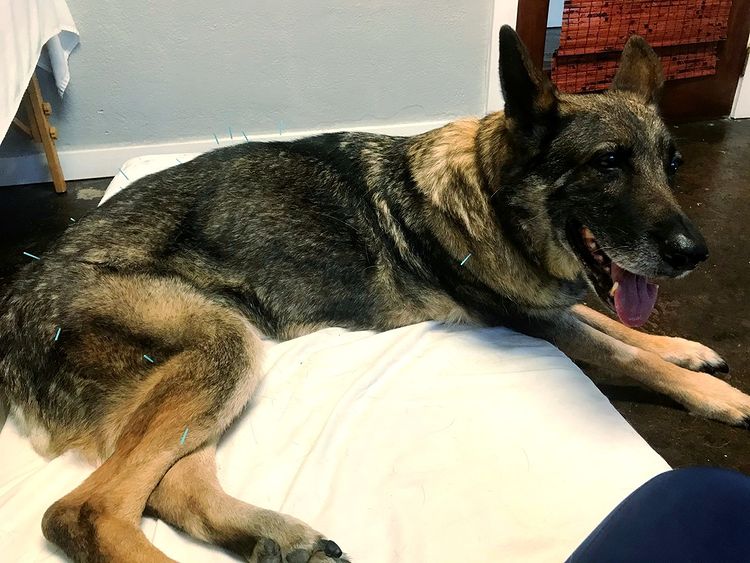
More often than not, acupuncture is administered to dogs to deal with inflammatory issues like arthritis. However, it also has several benefits to gut health that could help to improve your dog’s appetite.
It has been shown to reduce nausea and vomiting in dogs which often cause poor appetite and reduce nutrient uptake after meals. Acupuncture for your furry best buddy could also help stimulate appetite centers getting them more enthusiastic about meal times.
20. Strike Play Time Balance
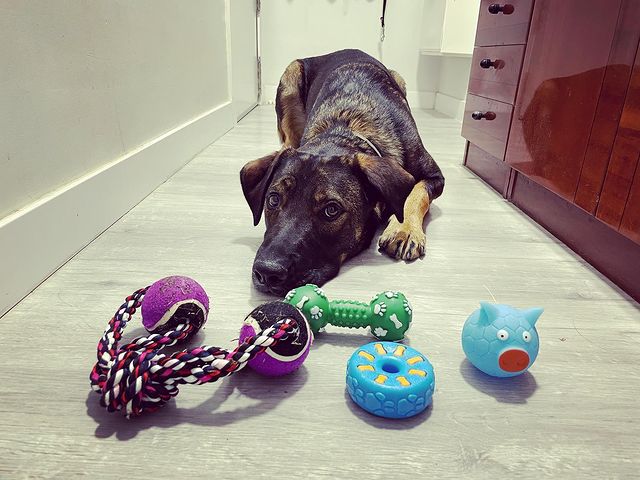
Too much playtime and too little playtime could also affect your dog’s eating habits and how much weight they gain.
If they play too much, they may end up burning all the calories needed to help them pack on a few extra pounds. On the other hand, if they do not play enough, they may not work up enough of an appetite to consume the amount of food they need to get and stay healthy.
Therefore, figure out the optimum workout schedule based on your dog’s breed to strike a balance between these two extremes.
19. Keep Up With Your Deworming Schedule
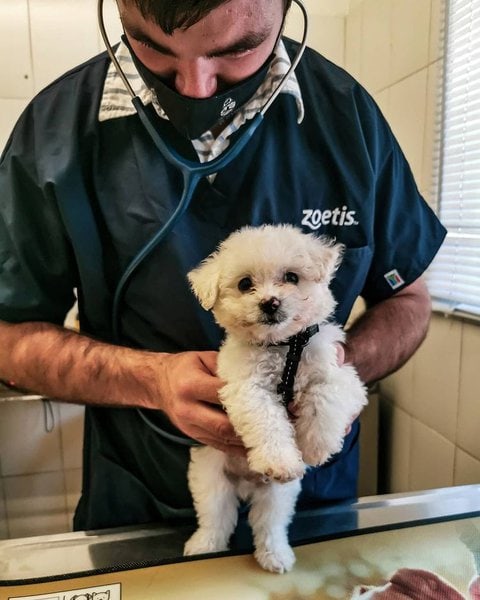
If your dog’s appetite is fantastic but they are still not gaining weight then it could be that they have intestinal worms. Other symptoms include diarrhea, coat changes, low mood, and fluctuating appetite just to name a few.
If you notice these and have not had your dog dewormed in a while, it may be time to get your pooch a prescription. It is also important to stick to the deworming schedule to prevent recurrences of the same issues.
18. Avoid Foods That Your Dog Is Allergic To
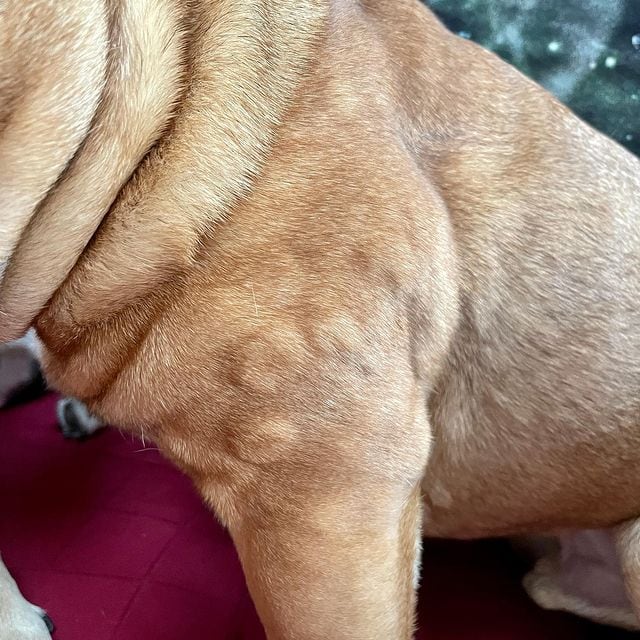
Dogs have more food intolerances than we may think. They can be allergic to all sorts of things from gluten and dairy to soy products. What comes as the biggest shock to most dog parents is the fact that these furry little buddies can also be allergic to different types of meat.
These allergies affect gut health and as a result, how much consumed nutrients are actually taken up by the body. So avoid them if you want your dog to grow healthy.
17. Find Food Flavors That Your Dog Likes
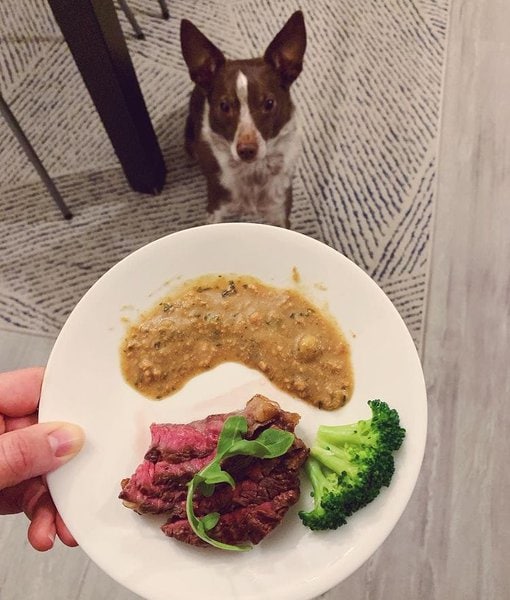
A lot of dogs are picky eaters. This is because dogs have very heightened senses. Something off like an odd smell or a weird texture may be enough to completely dissuade them from a meal. Therefore, if you are having trouble with your dog’s appetite, try switching things up with what you feed them.
It could be a new type of meat, a new texture, or whatever else you need to change to figure out what they like.
16. Give Your Dog Space As They Eat
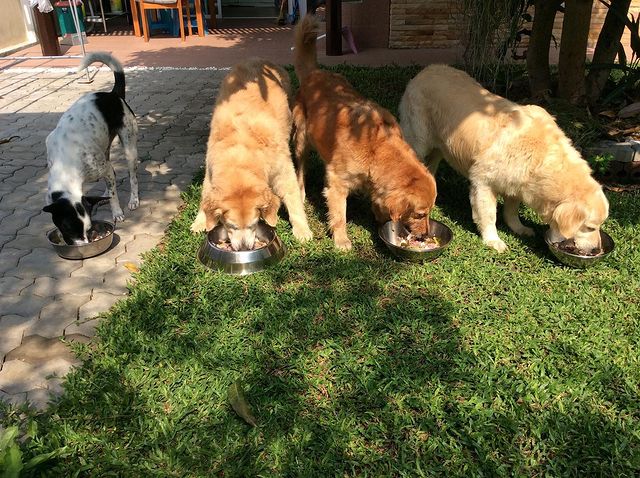
This applies mainly to rescue dogs and those that have suffered some other form of trauma. A lot of times with these pooches, meal times become very sensitive times for them. They get on edge and may not eat if you are hovering around.
So if you notice your dog will not eat when you are around or starts to get aggressive during meal times in your presence, you may have to give them some space and devour them privately to its heart’s content.
15. Get Your Dog A Personalized Meal Plan
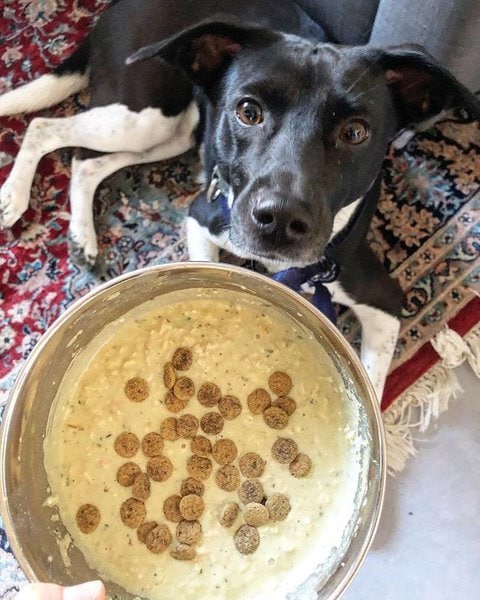
This is particularly important for dogs who suffer from other health issues that may be affecting their growth. It is also important for those with special meal plans related to age and other factors like pregnancy and lactation.
In such cases, you cannot afford a one-meal-fits-all approach. Instead, you should consider investing in personalized meal plans that are designed to meet your dog’s specific nutritional and calorie needs.
14. Try A Feeding Schedule
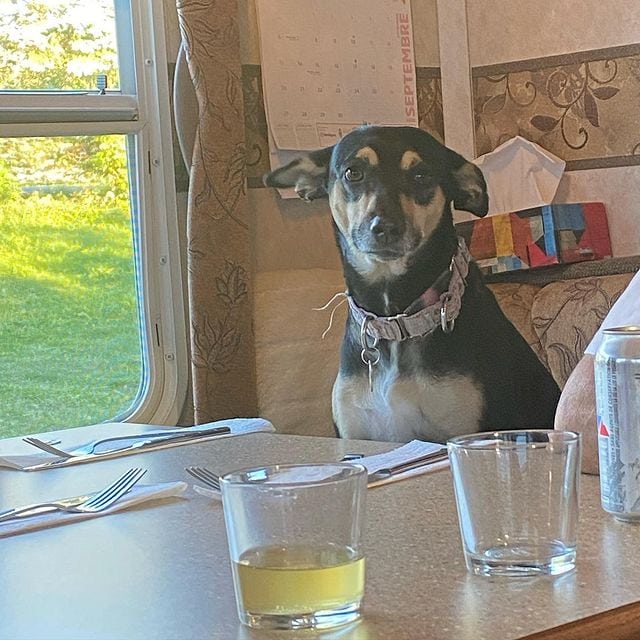
A feeding schedule would work wonders for dogs that have an appetite and food-related anxiety. The established routine and regularity create a sense of calm that makes them more comfortable eating.
In such cases, it is also best to space out meals and has your dog eat 3 to 4 times a day. That way, they have time to build up an appetite before the next meal and do not have to dread overfeeding with fewer meal times.
13. Consider Free Feeding
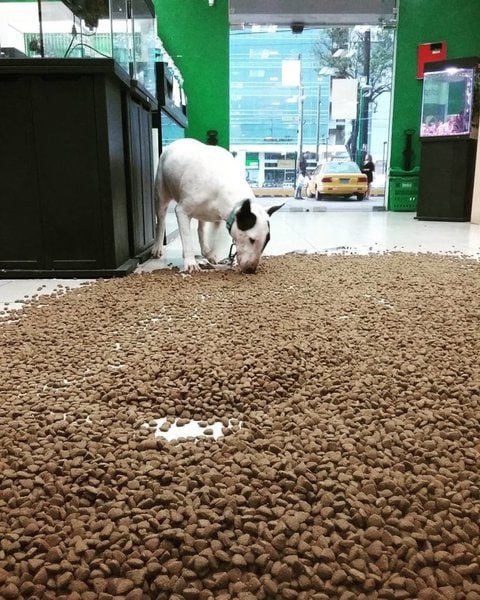
A feeding schedule would work wonders for dogs that have an appetite but also food-related anxiety. The established routine and regularity create a sense of calm that makes them more comfortable eating.
In such cases, it is also best to space out meals and has your dog eat 3 to 4 times a day. That way, they have time to build up an appetite before the next meal and do not have to dread overfeeding with fewer meal times.
12. Switch To Wet Or Fresh Food Preparations
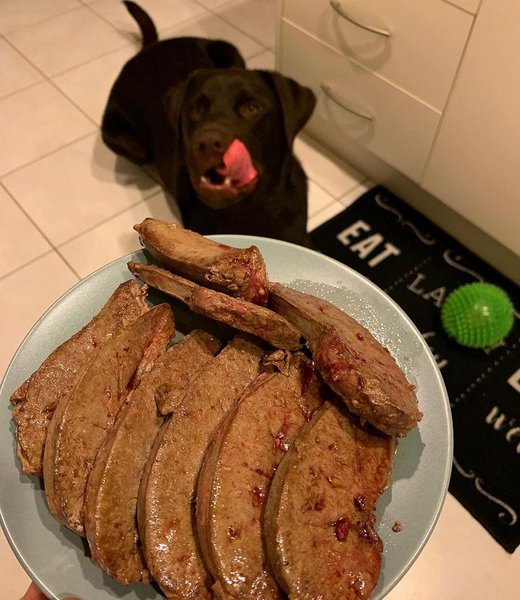
Wet dog food and fresh food preparations have several benefits for a dog that is having trouble gaining weight.
First off, they are often very dense in nutrients and calories, especially with fresh food options. This is because there is very little filler if any, and so all that your dog is consuming is good for them.
There is also the fact that this food is easier to chew and therefore ideal for dogs with dental issues. Finally, wet and fresh foods simply tend to taste a lot better and you are more likely to get your dog to consume them if they are being picky.
11. If They Must Snack, Make It Calorie-Dense
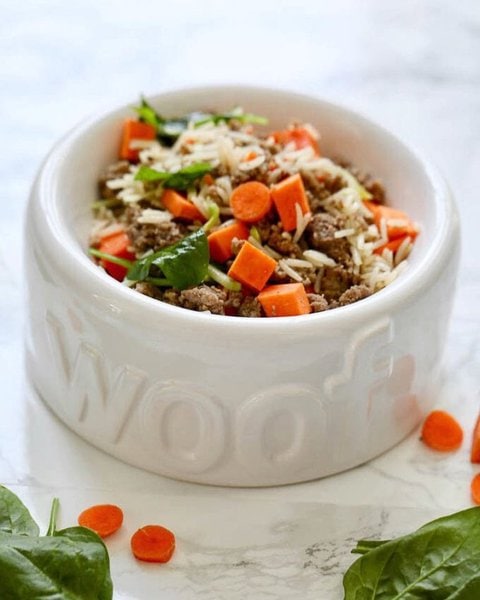
Earlier, we had said frequent snacking is a complete no-no if you are trying to help your dog gain some healthy weight. However, there is an exception. If you find calorie-dense snacks, you could treat your furry best friend to a bite or two between meals.
However, if you notice that they eat much less after these little treats then it is best to just stop them altogether as what matters most is that they eat their main meals properly.
10. Include Eggs In Their Diet
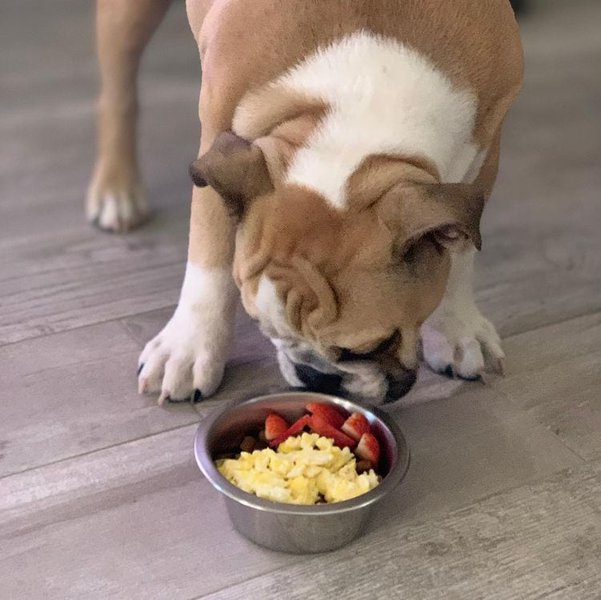
Eggs are very high in calories. And dogs also really like them. It is therefore a fantastic addition to your pooch’s diet if you want them to put on a few extra pounds. You could give them the egg raw. In this case, make sure to find a good brand where sanitary handling is a guarantee.
However, it is best to play it safe and just give it to your dog cooked. The best option here is a rare scramble with healthy oils like coconut. You could also give it to them boiled.
9. Food First, Then Water
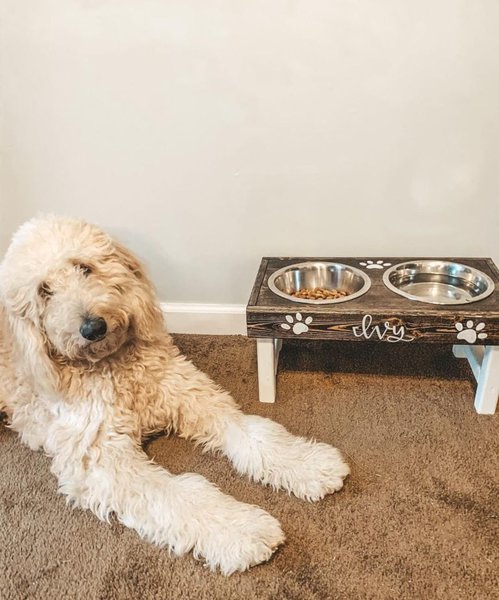
Water is very important in a dog’s diet to promote overall health. However, when served during meal times, it is best to ensure that the dog first takes their food before lapping away at the water.
This is because water can be very filling despite having no caloric value. What ends up happening is that the dog gets full before they eat all they need to meet their daily caloric requirements.
8. Serve Animal-Based Broths With Every Meal
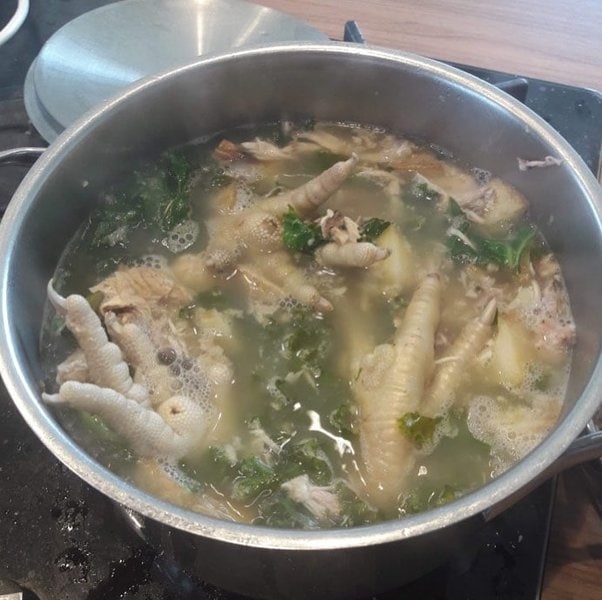
It could be a beef broth, a fish broth, or even bone soup. These are usually very rich in flavor and will give any old meal a fantastic upgrade in terms of flavor. This is a great trick to use especially with dogs that are very picky about what they like to eat.
It is particularly useful when it comes to dry foods. In addition to making the kibble more flavorful, it makes it easier for the dog to chew and swallow.
7. Include Starches In Their Diet
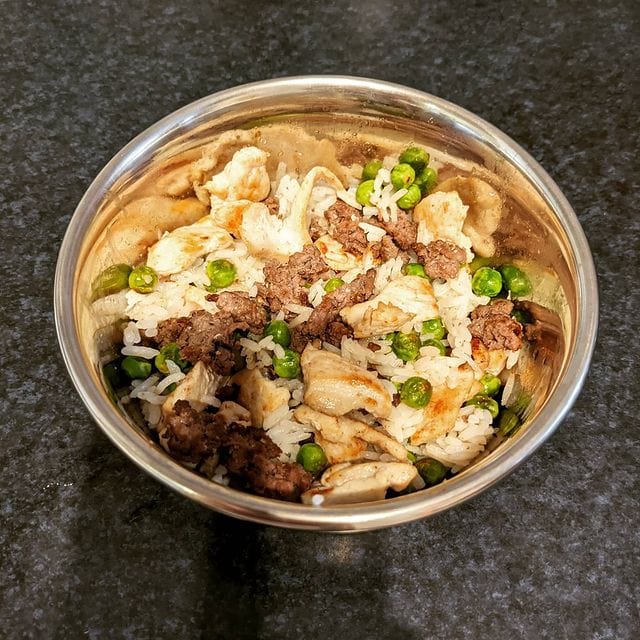
Starchy foods are very high in calories and are therefore very useful if you are trying to help your dog gain weight. Some of the best options here include sweet potatoes and grains like rice, oats, barley, and many others.
These are very calorie-dense foods and will have your dog bulking up in no time. They also improve the flavor dimensions making the food more palatable.
6. Feed Your Dog High-Calorie Foods
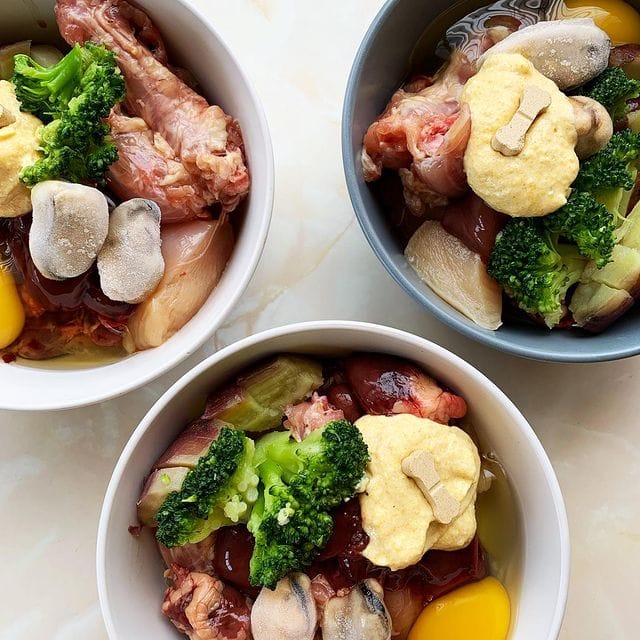
There are specific dog foods that are formulated to help with weight gain. These include not only starches but other ingredients including oils and real proteins as opposed to parts and byproducts.
So as you consider what to give your dog to help them get healthy, check out one of the many high-calorie dog food brands on the market for a diet makeover. This might be all the change that was needed.
5. Try Appetite Stimulants
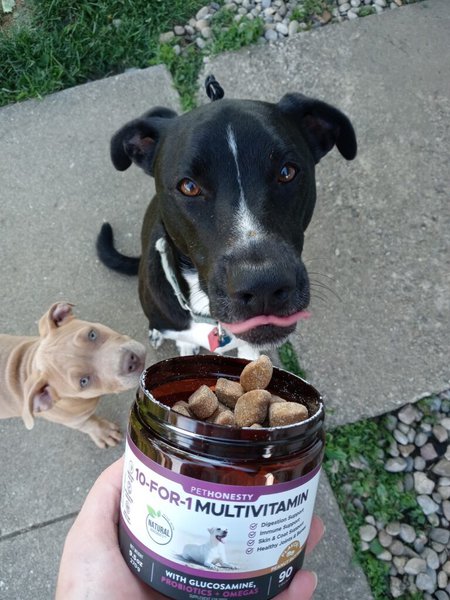
Sometimes, it is best to call in the big guns especially if your dog’s appetite is significantly decreased. This happens a lot with sick dogs especially with systemic illnesses like cancer. In such cases, appetite stimulants come in handy by directly triggering brain receptors that control hunger cycles.
One of the best options for dogs is Mirtazapine. Just make sure to consult your vet for the right dose to get your dog back to its old, healthy eating habits.
4. Feed Your Pooch Rotisserie Chicken
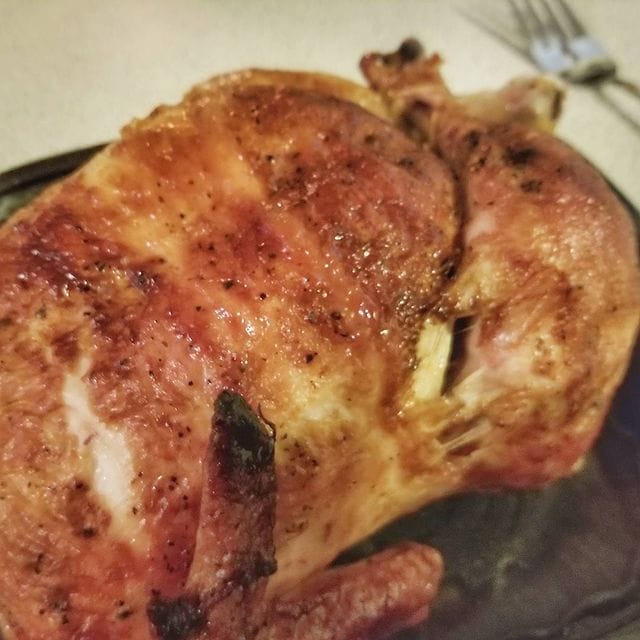
This is one of the oldest tricks in the book when it comes to dealing with underweight dogs especially those that have a poor appetite. Everything about this type of chicken invites dogs in from the smell and appearance to the paw licking good taste and texture. They will probably devour it as soon as it is within their reach.
Just make sure to get one that is either unseasoned or minimally seasoned to avoid overconsumption of sodium.
3. Reduce Fibers
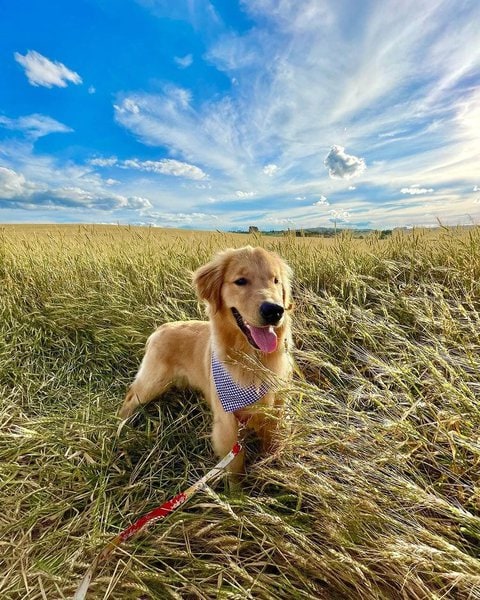
Dietary fibers are very important for your dog’s gut health. However, they could also be why the pooch is not eating as much or gaining weight as expected. This is because fiber can be very filling and as a result, it inevitably reduces the dog’s appetite.
To help your pooch out, simply reduce the amount of fiber they consume by finding lower fiber or grain-free dog food brands. Just don’t get rid of it all as the dog still needs the fibers for digestion.
2. Take Care Of Your Dog’s Mental Health

Another very common reason why your dog may not be eating as well or gaining weight is psychological stress. Diseases like anxiety and depression in dogs have been proven to cause fluctuations both in weight and appetite which is not good for the dog’s health in general.
So consider remedies for psychological issues in dogs whether it is essential oils, exercise, or even crate training for confidence.
1. Take Care Of Your Dog’s Dental Health
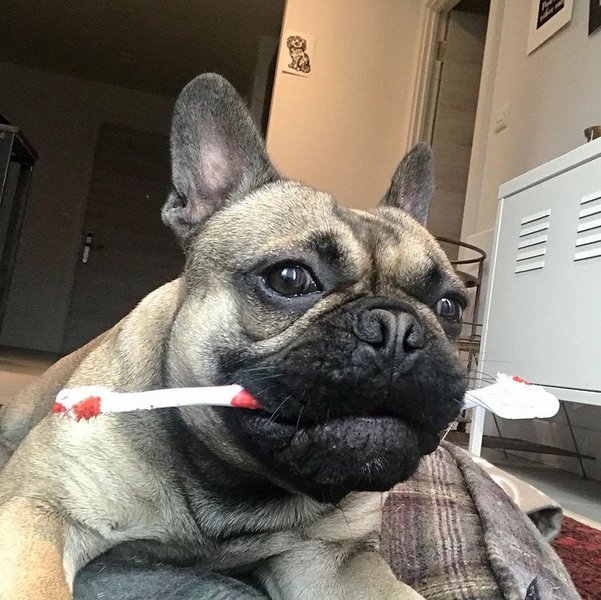
Dental problems in dogs vary from tooth cavities to gingivitis. Whatever the cause, serious cases could affect your dog’s appetite. The last thing your pooch wants to do is chew on hard kibble with sensitive teeth and/or gums.
If you suspect this is the reason why your dog is not gaining weight, make sure to have those issues taken care of. It could take antibiotics and cleaning or may even require tooth extraction.
Related Questions
How Do I Know If My Dog Is Too Thin?
You could tell whether or not your dog is thin either by inspecting them physically or comparing them to a weight chart. Weight charts are dependent on the breed and the specific age and give a pretty decent estimate by which to gauge your dog. Inspection on the other hand is often objective unless in cases of severe emaciation which is usually more pronounced.
Why Is My Dog So Skinny Even Though He Eats?
The main reason why dogs with normal appetites and eating patterns may still be skinny is gut issues like worm infestation. In these cases, not enough of what they eat actually makes it to the blood and is instead taken up by the parasites leaving your dog to waste away despite still eating.
Do Spayed Dogs Put On Weight?
A dog could gain weight after getting spayed especially if they continue with the same diet and exercise schedule they had before the procedure. However, rarely ever directly linked to obesity in dogs. This is usually a consequence of improper caloric balance that is unrelated to hormonal levels.

